Sorosis fruits are a type of multiple fruit that forms when many flowers of an inflorescence (flower cluster) fuse together into a single, fleshy structure. Instead of developing from one flower, the fruit develops from the ovaries of many flowers, along with other floral parts like bracts, perianths, or the axis.
To give you a clearer picture of Sorosis fruits , here are 10 familiar examples, along with explanations of why they qualify as Sorosis fruits and a few interesting details about each.
1. Pineapple
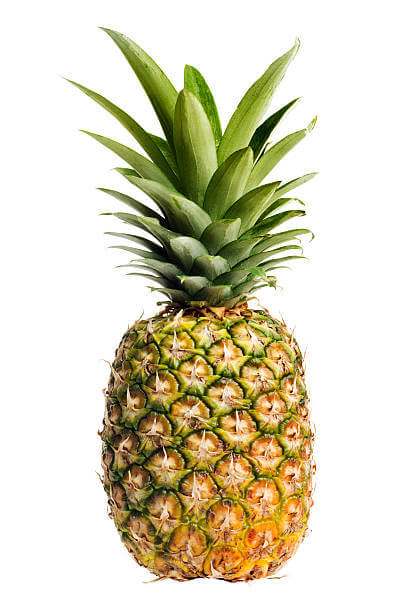
Pineapple forms when many small flowers on a single stalk merge into one big, juicy fruit. Each hexagonal eye shows where a flower once grew. This fusion of flowers and their fleshy bracts makes pineapple a classic sorosis fruit. Apart from being sweet and refreshing, it contains bromelain, an enzyme known for aiding digestion.
2. Jackfruit
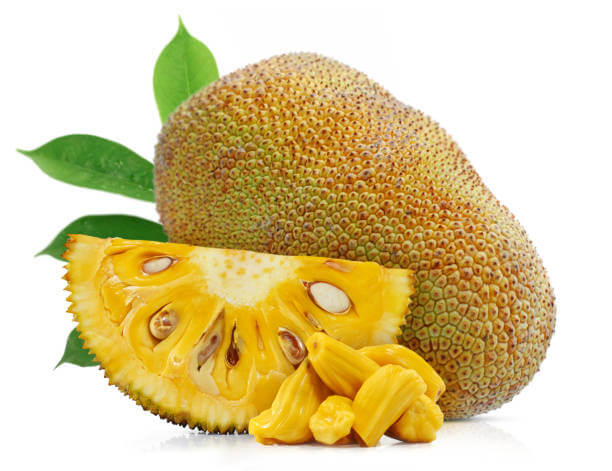
Jackfruit is the world’s largest tree-borne fruit, weighing up to 30 kg. It develops when hundreds of tiny flowers fuse around a fleshy axis, making it a true sorosis. Inside, sweet yellow bulbs surround seeds and are used in curries, desserts, or eaten raw. Its fibrous structure also makes it a popular meat substitute.
3. Mulberry (Morus spp.)
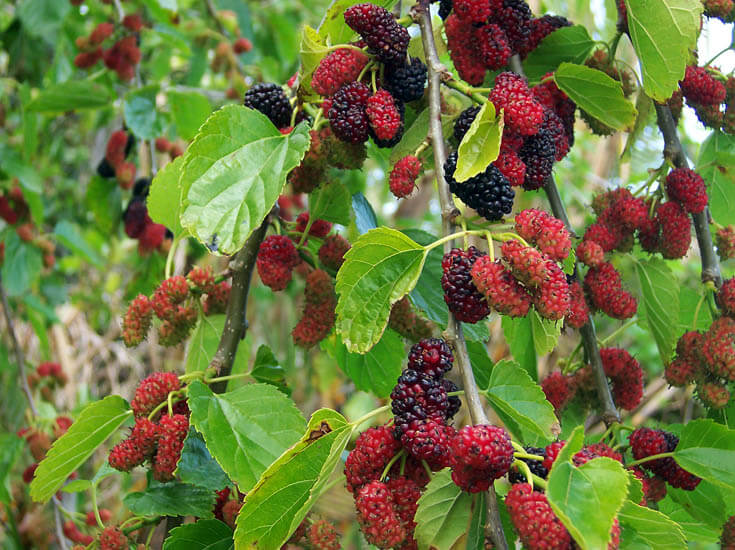
Mulberries look like clusters of tiny berries but are actually multiple flowers fused together on a central stalk. This merging creates the long, juicy fruit, qualifying it as sorosis. The fruits ripen to red, purple, or black and are loved by birds and humans alike. They are also rich in vitamin C and antioxidants.
4. Breadfruit
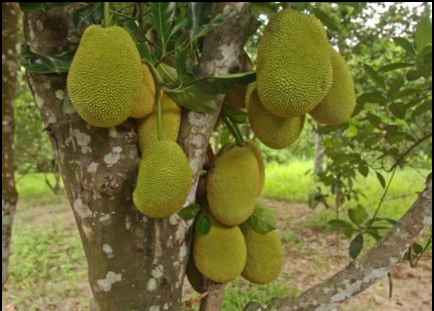
Breadfruit grows from a cluster of flowers that join together around a fleshy core. When roasted, its starchy flesh tastes like fresh bread, which explains the name. As a sorosis fruit, each piece on its surface marks where a flower once bloomed. It is a traditional staple across Pacific islands, valued for its nutrition and versatility.
5. Chempedak
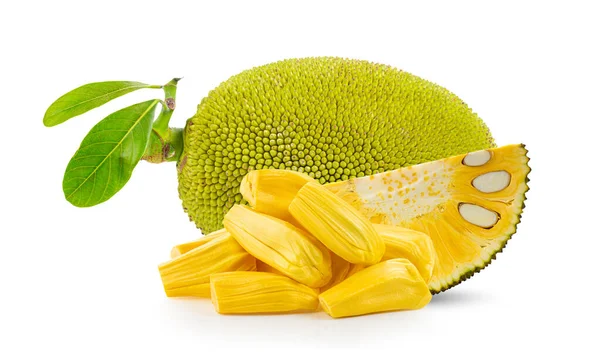
Chempedak, closely related to jackfruit, is smaller but very fragrant. Like other Artocarpus fruits, it develops from many flowers uniting on one stalk, forming a spongy, compound sorosis fruit. Its golden-yellow bulbs are creamy and sweet, often eaten fresh or fried in batter as a local delicacy.
6. Soursop (Annona muricata)
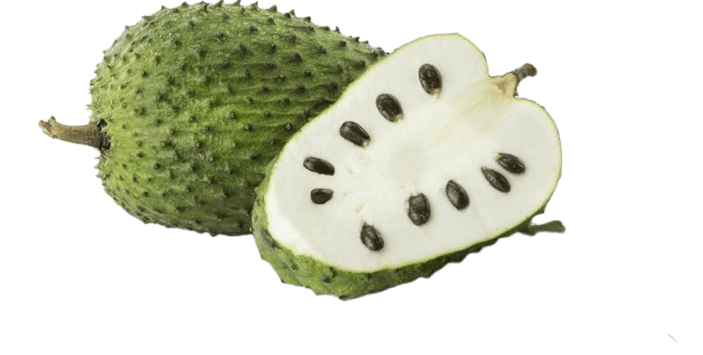
Soursop has a spiky green skin and soft white flesh inside. The fruit forms when several flowers fuse into one irregular mass, making it a sorosis. It is both tangy and sweet, used in juices, ice creams, and desserts. Traditionally, different parts of the plant are used in folk medicine, especially for calming and healing purposes.
7. Lakoocha / Monkey jack

Monkey jack produces orange-brown, round fruits with tangy-sweet pulp. These form when clusters of flowers fuse around a fleshy axis, the hallmark of sorosis fruits. Its pulp is used in chutneys and curries, while the tree itself is valued for timber. In some regions, the fruit is also dried and preserved for later use.
8. Osage orange (Maclura pomifera)
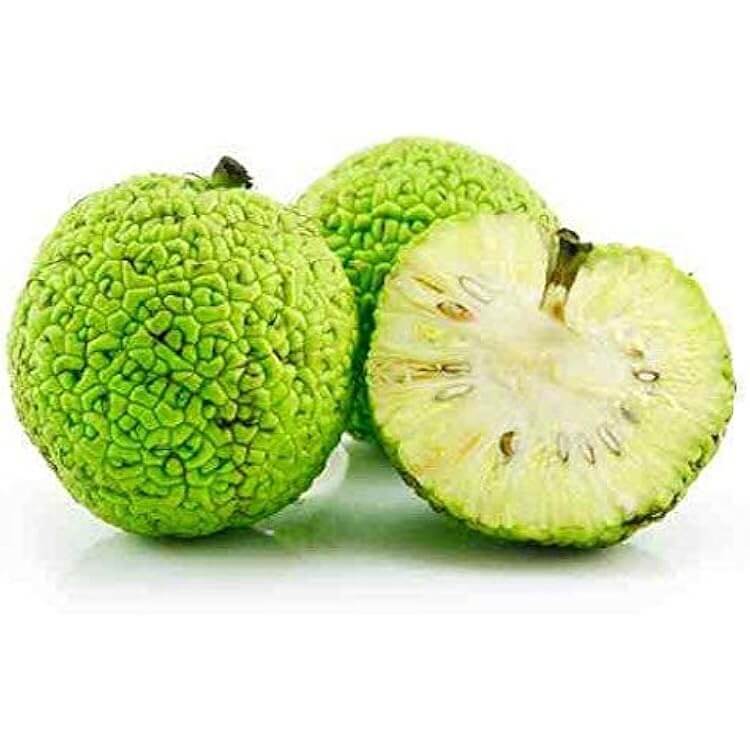
The Osage orange, though rarely eaten, is another good example of sorosis fruit. Its rough, bumpy fruit results from many flowers merging into a solid ball. Inside, it contains sticky latex and seeds. the seeds are edible and often left for wildlife. Historically, the wood was prized for making bows, while the large fruit served mostly ornamental or folklore purposes.
9. Marang (Artocarpus odoratissimus)
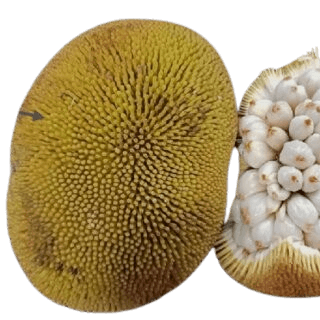
Marang is a fragrant cousin of jackfruit and breadfruit. Its fruit develops from many flowers fused into one spiny, soft-shelled mass, showing its sorosis nature. Inside, creamy white arils surround the seeds and are prized for their sweet, custard-like taste. However, the fruit spoils quickly after harvest, making it mostly enjoyed fresh near where it grows.
10. Pandanus
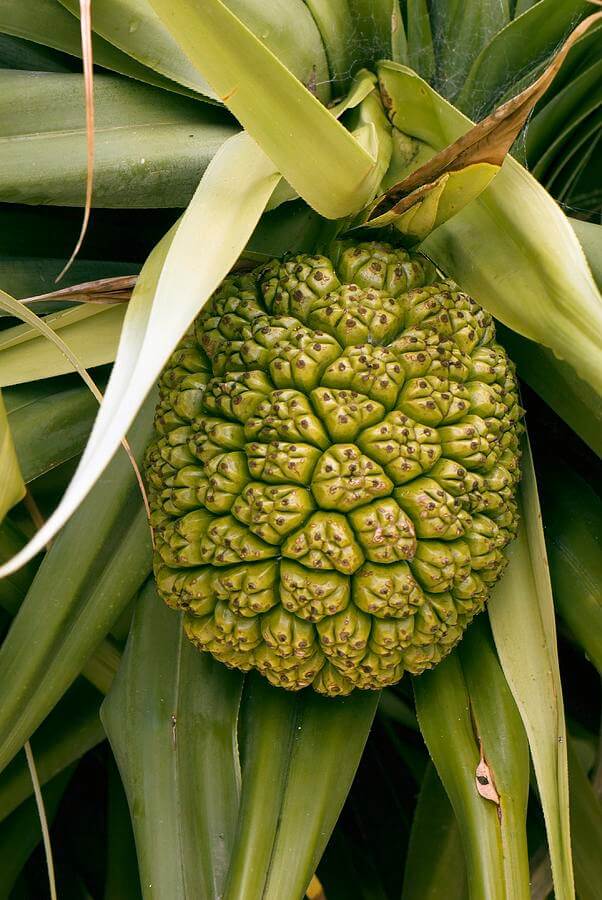
Pandanus fruits, often called screw pine fruits, resemble large, segmented pinecones. Each segment comes from a flower that fuses with others, creating a sorosis fruit. Some species are edible when cooked, while others are fibrous and mainly used for crafts. The plant’s leaves are widely used in weaving mats and baskets, showing its cultural importance.
Discover Other Fruit Category Examples:
- Examples of Accessory Fruits
- Examples of Schizocarp Fruits
- Examples of Dehiscent Fruits
- Examples of Follicle Fruits
- Examples of Drupe Fruits
- Examples of Stone Fruits
- Examples of Pome Fruits
- Examples of Capsule Fruits
- Examples of Multiple Fruits
- Examples of Aggregate Fruits
- Examples of Achene Fruits
- Examples of Fleshy Fruits
